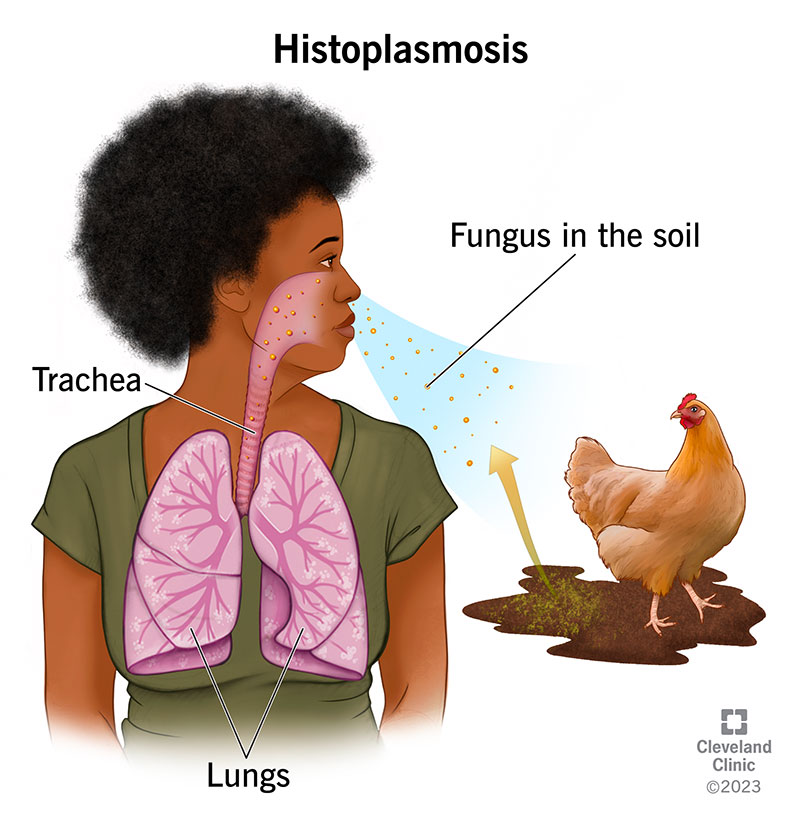Understanding Histoplasmosis: A Hidden Fungal Threat
Histoplasmosis is an infection caused by the fungus Histoplasma capsulatum, which lives in the environment, especially in soil contaminated with bird or bat droppings. While often overlooked, this infection can pose serious health risks—particularly to people with weakened immune systems.
Where Does Histoplasmosis Come From?
Histoplasma thrives in warm, moist environments. It's commonly found in:
Soil enriched with bird or bat droppings
Chicken coops, bird roosts, and caves
Construction or excavation sites where contaminated soil is disturbed
When the soil is disturbed, the fungal spores become airborne. People become infected by breathing in these microscopic spores.
Who Is at Risk?
Most people exposed to Histoplasma don't become seriously ill. However, certain groups are at higher risk of developing complications, including:
Individuals with weakened immune systems (e.g., from HIV/AIDS, cancer treatments, or organ transplants)
Infants and older adults
People with chronic lung conditions

Symptoms of Histoplasmosis
Histoplasmosis can range from mild to severe. Many people have no symptoms, but when symptoms occur, they can resemble those of the flu or pneumonia:
Fever and chills
Cough or chest pain
Fatigue
Shortness of breath
Headaches and body aches
In rare cases, the infection can spread beyond the lungs and affect other parts of the body, leading to what's known as disseminated histoplasmosis—a serious condition requiring immediate medical attention.
Diagnosis and Treatment
A healthcare provider may suspect histoplasmosis based on symptoms, travel or exposure history, and diagnostic tests such as:
Chest X-rays or CT scans
Blood or urine tests
Fungal cultures or biopsies
Most mild cases resolve without treatment. However, moderate to severe infections, or infections in immunocompromised individuals, are treated with antifungal medications such as itraconazole or amphotericin B.
Prevention Tips
You can reduce your risk of histoplasmosis by:
Avoiding areas known to be contaminated with bird or bat droppings
Wearing protective equipment (like masks or respirators) during activities that disturb soil or dust in high-risk environments
Wetting down soil before digging to minimize dust
Public Health Perspective
While not contagious from person to person, histoplasmosis remains a public health concern, particularly in areas where the fungus is common—such as the Ohio and Mississippi River valleys in the United States. Awareness and early diagnosis are key to preventing severe outcomes.
